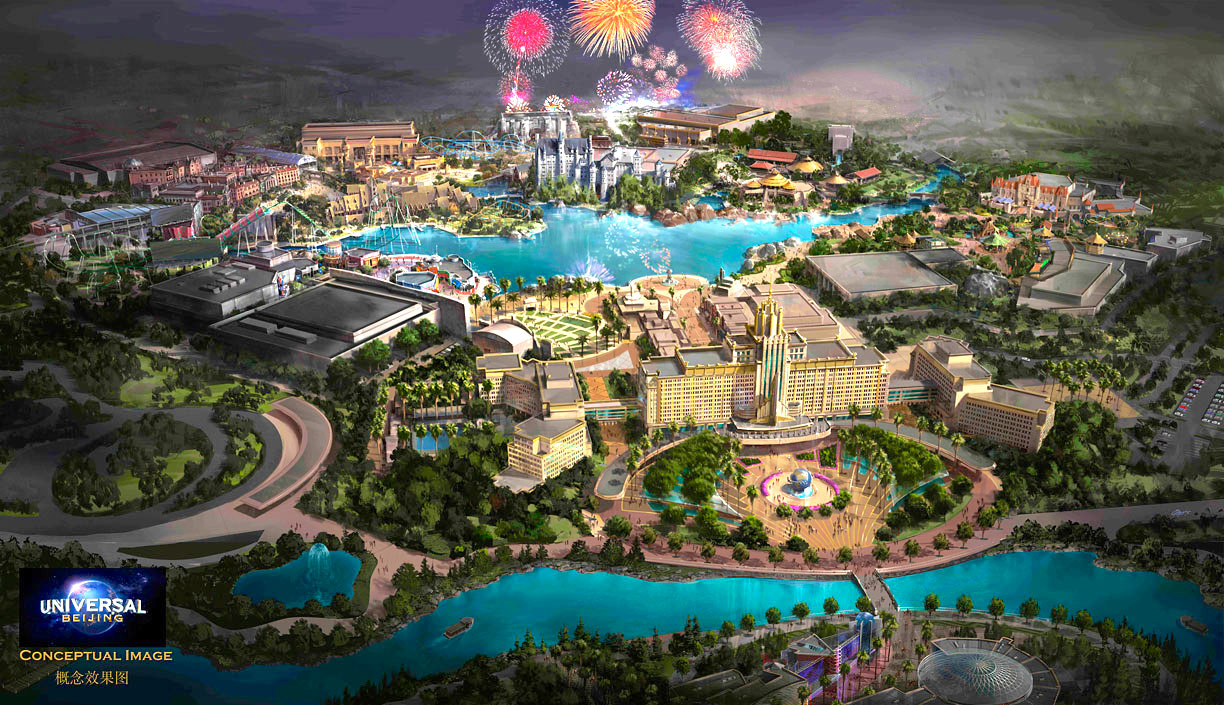ParentsOf4
Well-Known Member
One of the more interesting patterns (to meBecause of the small delta relative to years where things were added vs not added?
Disney's domestic revenue grew during the first 2 U.S. recessions on the graph (1973-1975 and 1981-1982) but declined during recessions after that, with the declines becoming increasingly severe.
My theory is that this pattern was triggered by Michael Eisner's double-digit ticket price increases from 1984-1987. For those 4 years, WDW ticket priced increased by an average of 18% each year!

Since then, ticket price increases generally have outpaced Median Household Income.
Prior to the 1984-1987 increases, consumers considered a vacation at WDW to be a good value. During recessions, consumers run towards value. They tend to spend their money more intelligently.
As the value of a WDW vacation has declined, WDW increasingly has become a luxury item that consumers of moderate means cut in difficult times.
The following graph compares changes to WDW ticket prices across several categories of ticket against changes to Median Household Income.
One of the sad facts is that a WDW vacation is at least twice as as expensive for consumers today compared to the early 1980s.
Ticket types have come and gone throughout the decades. For example, WDW has not always offered 3-day, 4-day, and 7-day tickets. To get a better understanding of how ticket prices have changed, a baseline value of "1" was established in 1971 (WDW's first year) and deltas to ticket prices were then compared and averaged each year after. This was then plotted against changes to Median Household Income, which also used a baseline value of "1" in 1971.
The big drop in 2005 was a result of the creation of the Magic Your Way (MYW) ticket. Prior to MYW, WDW tickets were all inclusive. MYW uses an a la carte pricing scheme. An apples-to-apples comparison of tickets from 2004 versus 2005 shows a big price increase. However, my opinion is that the "base" MYW ticket offered cost sensitive consumers a less expensive option, thus opening up the parks to more, which is why I compared WDW's standard ticket in 2004 to WDW's base MYW ticket in 2005.
One of the downsides of constantly increasing ticket prices faster than income is that WDW has grown increasingly susceptible to recessions.

